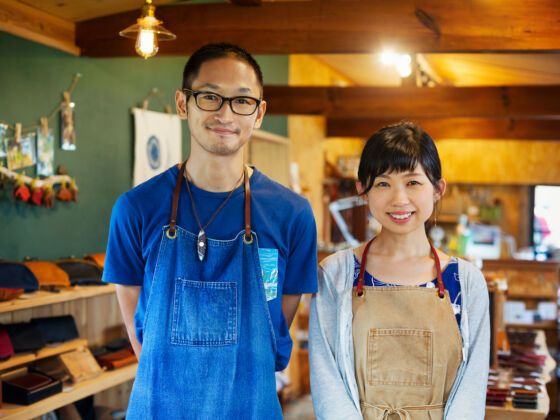1. Addressing Someone, Respect
Bowing is nothing less than an art form in Japan, respect pounded into children’s heads from the moment they enter school. For tourists, a simple inclination of the head or an attempt at a bow at the waist will usually suffice. This includes casual situations like arriving at a Tokyo Airbnb as well as formal encounters.
The duration and inclination of the bow is proportionate to the elevation of the person you’re addressing. For example, a friend might get a lightning-fast 30-degree bow; an office superior might get a slow, extended, 70-degree bow. It’s all about position and circumstance.
In addition to bowing, addressing someone properly is key. Just as a “Dr. Smith” might feel a little insulted if you were to refer to him as “Smith”, so would a Japanese if you do not attach the suffix “san” to their last name, or “sama” if you are trying to be particularly respectful.
Usually children are content with just their first names, but you can add the suffix “chan” for girls and “kun” for boys if you like.
